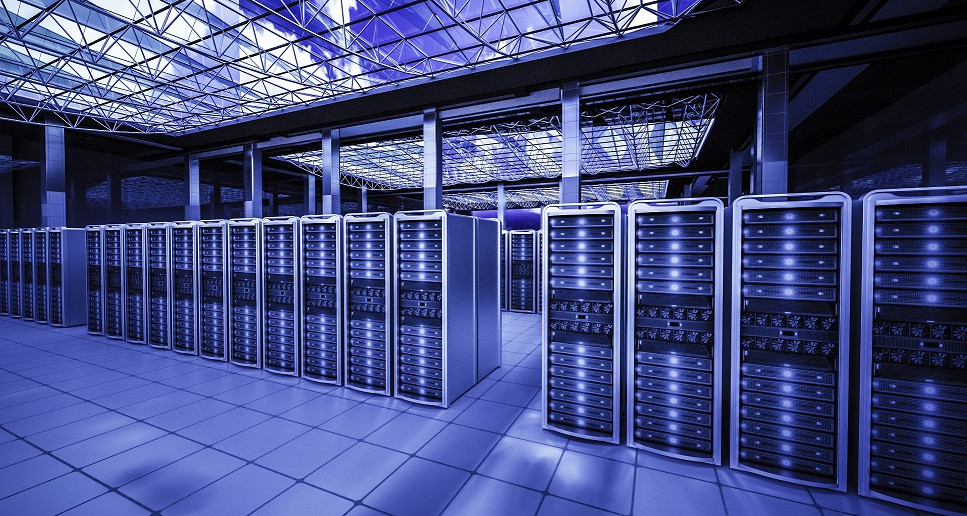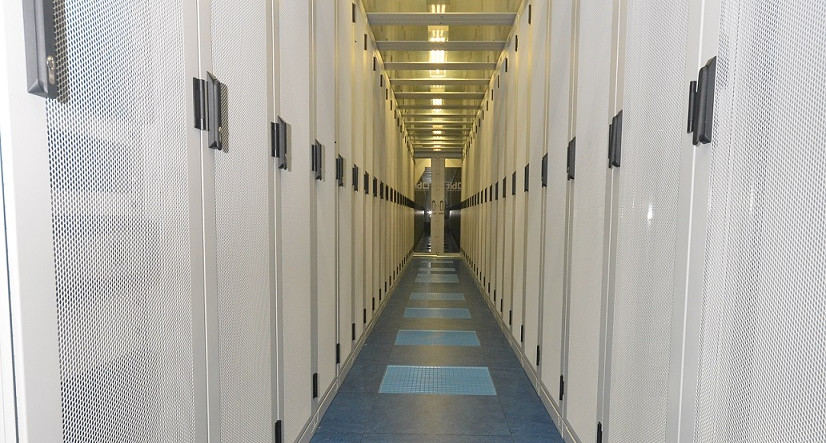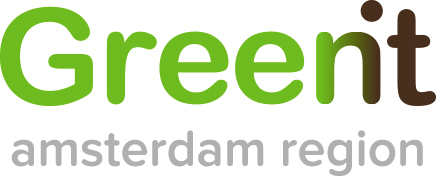New Toolkit Helps Data Centers Assess their Environmental Impact
The European CATALYST innovation project has launched a toolkit that helps data centers to self-assess their environmental impact, as Robbert Hoeffnagel from Green IT Amsterdam explains.

© weerapatkiatdumrong | istockphoto.com
The CATALYST toolkit makes use of existing and well-known standards like EN 50600 and the EU Code of Conduct. It helps owners and operators to prepare themselves for a future where data centers are subject to new and ever more stringent rules and regulations. But perhaps most importantly, it can help them reduce costs and develop new revenue streams by becoming an integral part of smart energy grids.
The data center industry is changing rapidly. We obviously still need data centers to host cloud services, enterprise applications, or simply our holiday pictures. But at the same time we see a trend where mounting societal pressure requires data centers to become greener. In other words: to minimize their usage of natural resources like energy and water. But how can a data center owner or operator lower the environmental impact of their facilities if we do not have a well-defined and structured method in place to help them assess how good (or bad) their environmental performance is?
This is why the European CATALYST innovation project has developed a toolkit that helps a data center to perform a self-assessment of their environmental impact. The test will give a data center operator a useful classification of how their facility performs relative to a number of well-known standards and a set of new services that will be introduced by the CATALYST project in the near future.
The toolkit in this first edition looks at four themes: renewable energy, heat reuse, energy efficiency, and resource management (energy, water, and more). Its aim is by no means to develop a new standard. Its purpose is to help the data center industry, engineering firms, (local) governments, and others assess how a data center is performing relative to existing standards. At the heart of the toolkit lies the so-called Value Added Plan that – based on an initial assessment – helps a data center facility to improve upon its environmental impact.
The toolkit consists of a number of building blocks and workflows. The workflows guide the user through a process that helps assess the performance of a facility based on standards like EN 50600. The toolkit also uses metrics that have been developed by the Green Grid and a number of research and innovation projects like All4Green, CoolEmAll, GreenDataNet, RenewIT, GENIC, DOLFIN, DC4CITIES, and GEYSER.
The assessment provides a data center with a simple method to keep a score on its performance through its grades: Bronze, Silver, and Gold. The toolkit produces a separate grade per theme. In that way, data center owners or operators are able to set their own priorities and decide for themselves which themes are most relevant to their facilities or business model. The aforementioned Value Added Plan makes it possible for a facility to put in place the measures that help it achieve a higher grade for a chosen theme. Although the assessment is not meant to compare data centers – it is not a benchmark – it does give individual facilities a very good insight into their environmental performance and impact.
Classifying their environmental impact will also help data centers to better understand and communicate the role they would like to play in the energy transition Europe will be going through over the coming years. More and more, we see a trend where data centers might become part of smart grids and heat networks. Many data centers are very well suited to becoming energy hubs that help store and supply energy and also help stabilize the increasingly complex grids of many European countries – with the financial benefits that might come with such a role. So by understanding and improving their environmental impact in terms of energy usage, heat reuse, and other variables, they might even be able to develop new revenue streams.
Robbert Hoeffnagel is Communications Manager at Green IT Amsterdam.
Please note: The opinions expressed in Industry Insights published by dotmagazine are the author’s own and do not reflect the view of the publisher, eco – Association of the Internet Industry.





